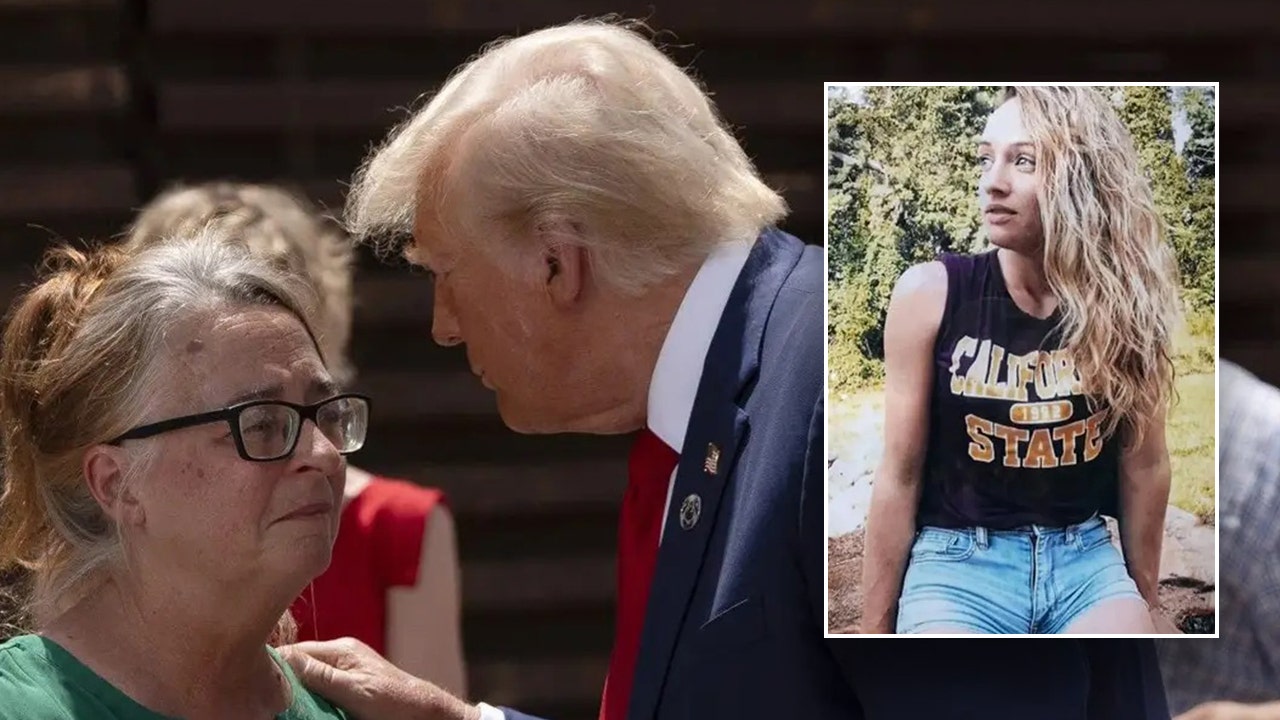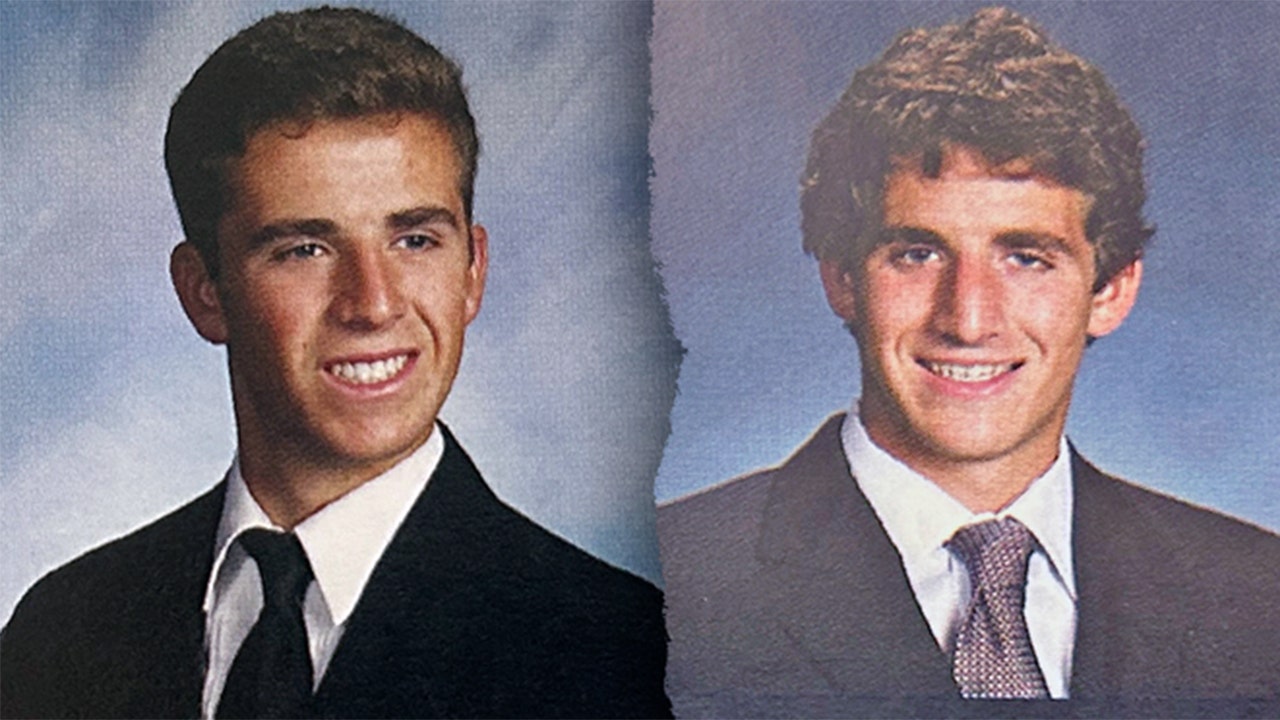The trial of the armorer on the film “Rust,” who was convicted of involuntary manslaughter this week for putting live ammunition into a gun that went off on the set and killed the cinematographer, offered a preview of the criminal case prosecutors are building against Alec Baldwin, who was handling the gun when it fired.
A grand jury indicted Mr. Baldwin in January on a charge of involuntary manslaughter, which carries up to 18 months in prison. He pleaded not guilty; his trial is set for July.
Mr. Baldwin was practicing drawing an old-fashioned revolver when the gun fired on Oct. 21, 2021, killing the film’s cinematographer, Halyna Hutchins, and wounding its director. He has denied responsibility from the beginning, telling investigators that he had been told the gun did not contain live ammunition, and noting that live ammunition was supposed to be banned on the set. He also denied pulling the trigger, saying that the gun went off after he pulled its hammer back and released it; a forensic analysis commissioned by prosecutors found that he must have pulled the trigger for it to go off.
Prosecutors have argued that Mr. Baldwin failed to observe firearms safety measures.
“Alec Baldwin’s conduct and his lack of gun safety inside that church on that day is something that he’s going to have to answer for,” Kari T. Morrissey, the lead prosecutor in the case, said during the closing arguments in the trial of the film’s armorer, Hannah Gutierrez-Reed. “That’ll be with another jury on another day.”
Some of the evidence and testimony presented at the trial of Ms. Gutierrez-Reed could help Mr. Baldwin’s case; other things that emerged in court could undermine it. Here’s a look at evidence that could play a role at his trial.
Footage showed Mr. Baldwin acting impatient during a different shooting scene.
Throughout the two-week trial, prosecutors took a microscope to Mr. Baldwin’s conduct on the set of “Rust,” a western that he was starring in and acting as one of the producers on. At one point the prosecution played a video showing Mr. Baldwin — dressed as the outlaw Harland Rust — shooting blanks from a revolver while backing away. “One more, one more, one more,” he shouts, adding, “Right away, right away, let’s reload!”
A veteran armorer, Bryan Carpenter, who was hired by the prosecution as an expert witness, watched the video along with the jury and testified that “rushing with firearms and telling someone to rush with firearms is not normal nor accepted.” He said Ms. Gutierrez-Reed should have used her authority as the figure in charge of guns on set to step in and slow the process down.
Dave Halls, the movie’s first assistant director, defended Mr. Baldwin’s conduct, saying he viewed the footage as showing an actor ready to film in the heat of the moment. “There was never any Mr. Baldwin rushing anybody,” he testified.
A lawyer for Mr. Baldwin did not respond to questions about the video or other evidence presented in the case. Ms. Gutierrez-Reed’s lawyers said the clip demonstrated Mr. Baldwin’s authority on set. They argued that it was difficult for a 24-year-old armorer to “stand up” to Mr. Baldwin, especially when older, more experienced crew members did not, and blamed the production for not giving her enough time for her armorer duties. Several “Rust” producers who took the stand denied depriving Ms. Gutierrez-Reed of time to focus on weapons.
But there were also signs that Mr. Baldwin took gun safety seriously. In another clip that the prosecution played for Mr. Carpenter, Mr. Baldwin asks a member of the production to move to the other side of the camera, saying, “I don’t want to shoot toward you.”
Mr. Carpenter also testified that in his experience actors don’t always accept offers to do safety checks on film sets, undermining a claim prosecutors have made about Mr. Baldwin in the past.
Last year the district attorney for Santa Fe County, Mary Carmack-Altwies, said that Mr. Baldwin had a duty to ensure that the gun and the ammunition were properly checked. That was called “wrong and uninformed” by the union representing film workers, SAG-AFTRA, which said that “an actor’s job is not to be a firearms or weapons expert.”
Some testimony seemed to support Mr. Baldwin’s account of why he pointed the gun where he did.
Witnesses testified that the fatal shooting happened as the crew was setting up the camera angle for a close-up shot of Mr. Baldwin pulling an old-fashioned revolver from his holster as lawmen close in on him in a small wooden church.
Prosecutors have asserted that Mr. Baldwin shirked key gun safety protocols on the “Rust” set, including by pointing the gun directly at crew members. During Ms. Gutierrez-Reed’s trial, the script supervisor, Mamie Mitchell, raised questions about whether the actor had needed to point the gun at anyone in that moment, testifying that the camera shot called for him to briefly draw the gun from his holster and nothing else.
But Mr. Baldwin has maintained that Ms. Hutchins was helping to direct him on where to point the revolver, and testimony from Mr. Halls, who witnessed the shooting, seemed to align with that account.
“He was in communication with Ms. Hutchins about where to point the gun,” Mr. Halls said. (Mr. Halls has admitted that he failed in his duty to check the ammunition properly that day, and he took a plea deal in the case, avoiding prison time.)
A witness testified that Mr. Baldwin was told the gun did not have live ammunition.
A key point in Mr. Baldwin’s defense has been that he was told the gun he was handed was “cold,” which means there is no live ammunition inside.
Ross Addiego, a crew member who was inside the church, testified that before the shooting he heard Ms. Gutierrez-Reed tell Mr. Halls that the gun had been checked before lunch, and that Mr. Halls then indicated the gun was safe to handle.
“Dave called out ‘cold gun’ or ‘cold weapon,’” Mr. Addiego said of Mr. Halls. “I heard the word ‘cold.’”
After one of Ms. Gutierrez-Reed’s defense lawyers pressed Mr. Addiego on accusations that Mr. Baldwin had rushed people on set, the prosecution tried to pull the jury’s attention back to the defendant on trial.
“Is Mr. Baldwin on trial today?” Ms. Morrissey asked Mr. Addiego.
“It appears that he is a bit, yes,” he responded.
The revolver in the shooting was damaged during testing, experts testified.
A key question in the prosecutor’s case against Mr. Baldwin has been whether his claim that he did not pull the trigger before the gun went off was possible.
The mechanics of the gun became a central subject of Ms. Gutierrez-Reed’s trial, as experts shared their conclusions on whether the gun could have gone off without pulling the trigger or whether it had been modified before reaching the set.
An F.B.I. forensic examiner, Bryce Ziegler, testified that in order to test whether the gun could have discharged without the trigger being depressed, he had hit the gun in six areas with a mallet, after getting permission because such tests are known to damage guns. The gun went off twice, he said: once when the mallet hit the hammer, which then struck the firing pin — a normal part of how the gun operates — and once when the gun broke as a result of the force exerted on it, he said.
The prosecution’s gun expert, Lucien C. Haag, testified that the trigger “would have to be depressed or pulled” in order for the gun to go off. He also testified that he did not believe the gun had been intentionally modified but that he thought an internal component of the gun had been damaged during F.B.I. testing. The F.B.I. examiner said he was not sure because he had not examined the gun’s inside before conducting the destructive tests.
Mr. Baldwin’s defense has already raised the destruction of evidence as a challenge to the prosecution.
Could the recent conviction help Mr. Baldwin?
Ms. Gutierrez-Reed’s conviction, for which she could face up to 18 months in prison, could help the case of Mr. Baldwin, who has long blamed her for the tragedy. In 2022, Mr. Baldwin sued her and others associated with “Rust,” alleging that she had “failed to perform her job carefully and as a result a live round was loaded into the gun that she had negligently failed to identify.”
The prosecutors, Jason J. Lewis and Ms. Morrissey, have previously asserted in court papers that out of all the people involved in the fatal shooting on the “Rust” set, Ms. Gutierrez-Reed was the “most culpable defendant.”
In considering the case against Ms. Gutierrez-Reed, the jury was given specific instructions about the idea that multiple people might bear responsibility for the death of Ms. Hutchins.
“Such contributing negligence does not relieve the defendant of responsibility for an act that significantly contributed to the cause of death,” the instructions read, “so long as the death was a foreseeable result of the defendant’s actions.”
If Mr. Baldwin’s case reaches trial, a different jury would have to consider how Ms. Gutierrez-Reed’s own actions — and those of Mr. Halls, who was said to have declared the gun to be “cold” — affect Mr. Baldwin’s culpability.
In an interview outside the courthouse after Ms. Gutierrez-Reed’s verdict was handed down, one of the jurors on the case, Alberto Sanchez, said that Mr. Baldwin’s conduct did not affect the jury’s decision to convict, saying of him and his legal team’s impending case, “They’re going to have their day.”






